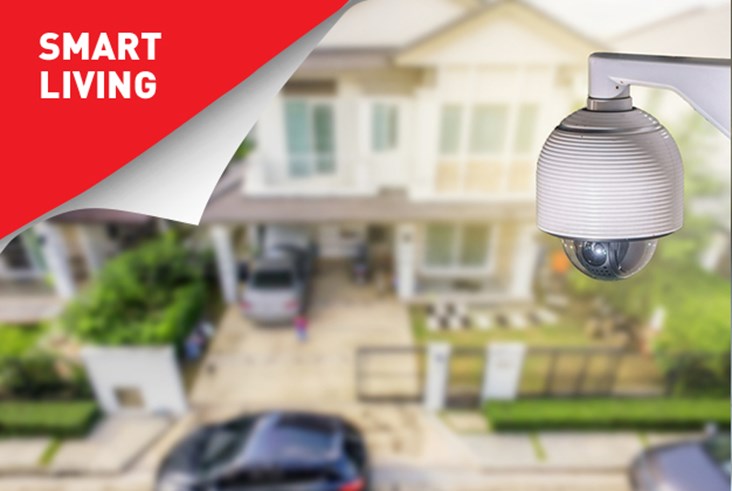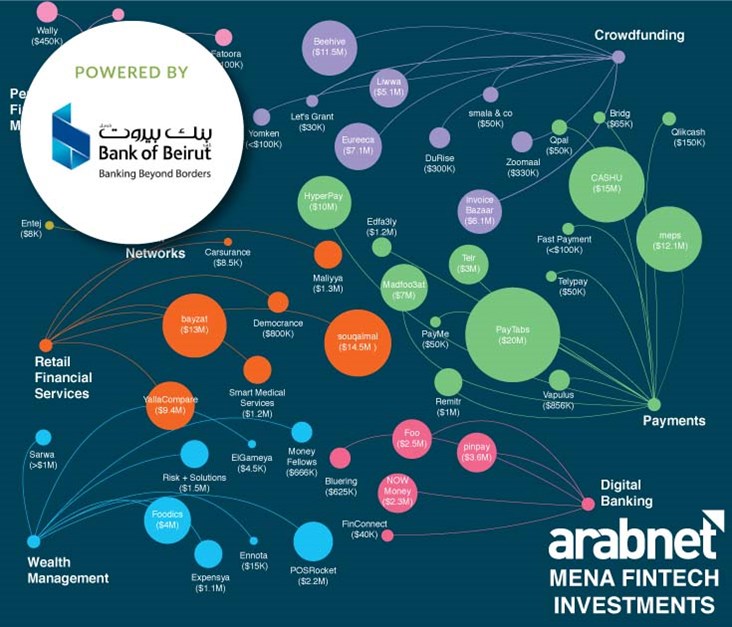
Smart homes offer several advantages over conventional homes. To start with, home automation systems give homeowners the power to manage several devices and amenities in their home with the touch of a button from wherever they are. They also allow homeowners to watch CCTV footage from their smartphone while at work, remotely lock windows, doors and garages as well as program lights to flash on and off and receive email, phone calls or text messages from their alarm system.
Yet perhaps one of the biggest benefits of home automation is energy efficiency. Through controlled tasks and energy-efficient appliances that combine to save electricity, water, and natural gas, homeowners can reduce the strain on natural resources, reduce their carbon footprint, and save anywhere from 10% to 30% in energy costs
However, there are some barriers preventing mass-market smart home adoption: high cost of implementation, security and privacy issues, lack of awareness and technological fragmentation/technical complexity. Cost is one of the primary inhibitors of smart home adoption. Smart home devices are generally costlier than their non-smart counterparts, with systems ranging in price from $10,000 to $100,000+.
Switching to a smart home also means purchasing other compatible smart home devices. Hacking is another issue smart home users may potentially face. This is a problem for smart home users as all smart home devices rely on the Internet to communicate and operate efficiently.
Finally, compatibility between devices is a major challenge for smart homeowners. Since some devices don’t communicate seamlessly with others, or operate through different protocols, choosing what devices to put together in one home can be difficult, limiting and frustrating for a consumer. Therefore, in order to fully harness the potential of smart home automation, manufacturers will have to develop technologies based on common open standards, a level of collaboration that may take some time.
Despite the challenges, with the significant growth in IoT products and applications, cost reduction measures enabled by technological advancements in home automation systems, and the growing importance of home monitoring from remote locations along with the continuous addition of new products by leading manufacturers, the smart home market is set to grow significantly in functionality, sales and expectations. In just 40 years, complete home automation systems have gone from high-tech curiosities to affordable and accessible modern home conveniences and the future is looking bright.
With increasing connectivity and more connected objects, smart homes will become even more functional, and analysts expect the number of devices connected devices to reach between 26 billion and 30 billion by 2020. Robots will also likely become fully integrated into the smart home systems of the future, managing operating systems as well providing assistance in manual tasks. Finally, the smart home systems of the future will likely incorporate learning technologies that will learn consumer’s moods, patterns and behavior, and respond accordingly.
Latest Business
Intelligence Report













